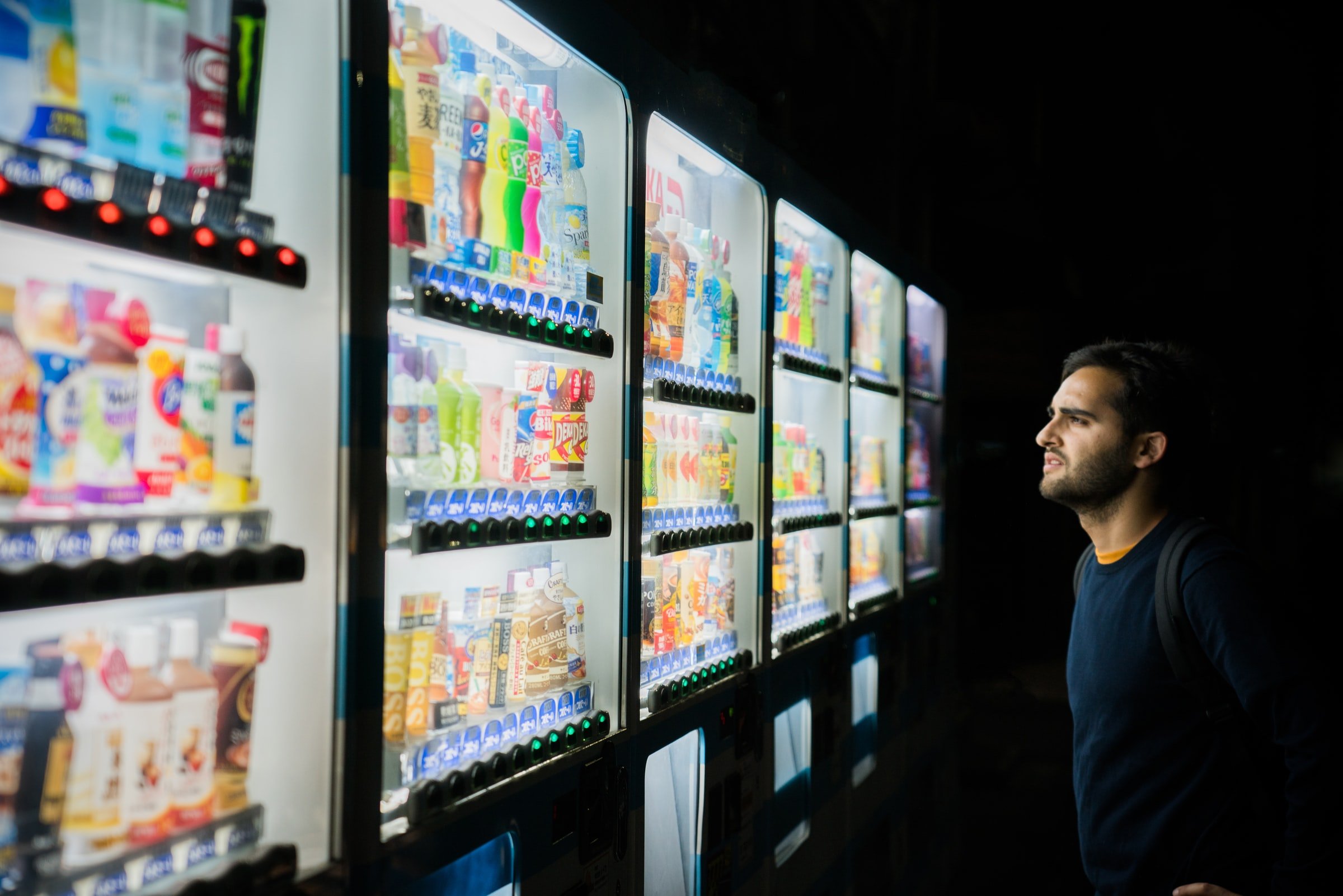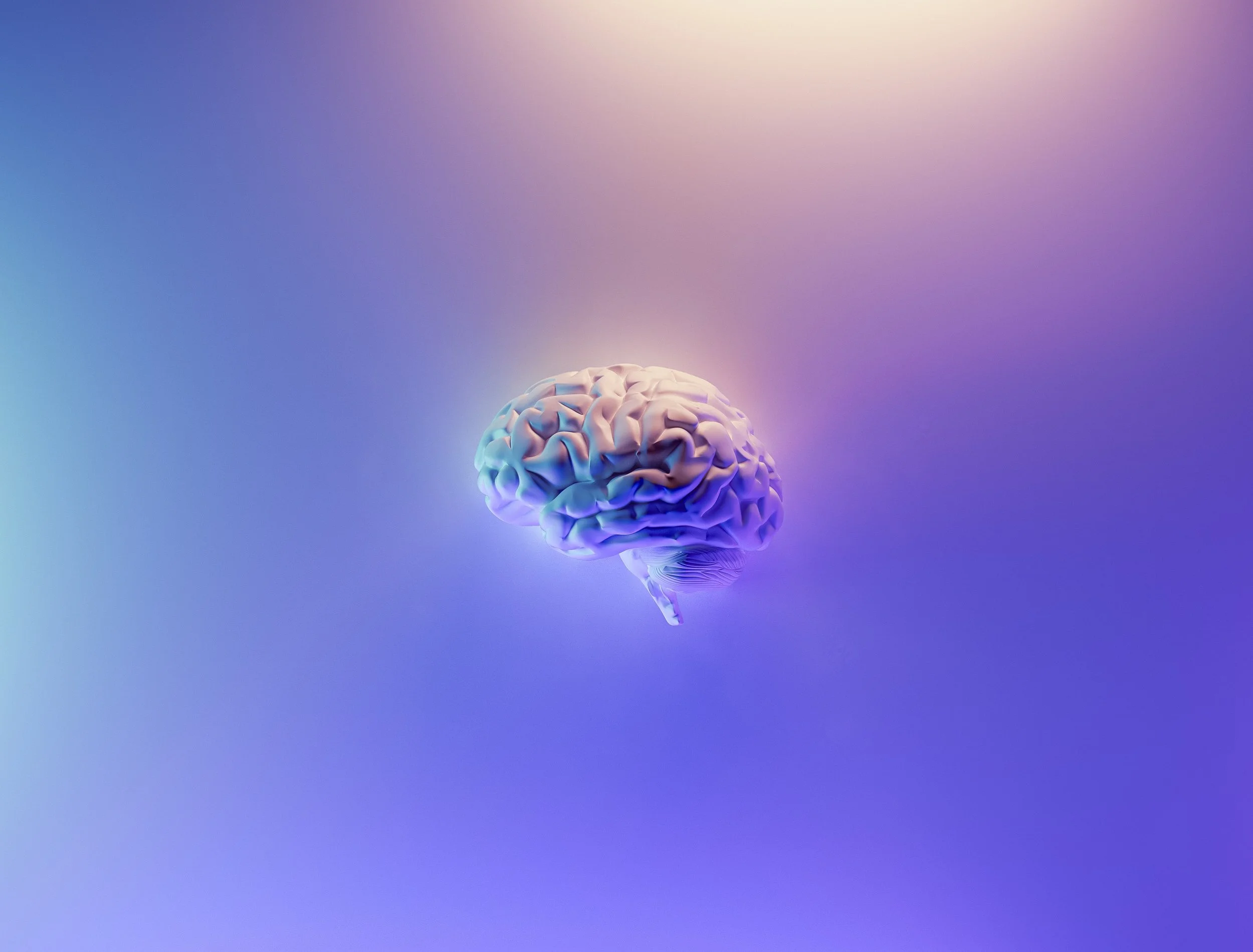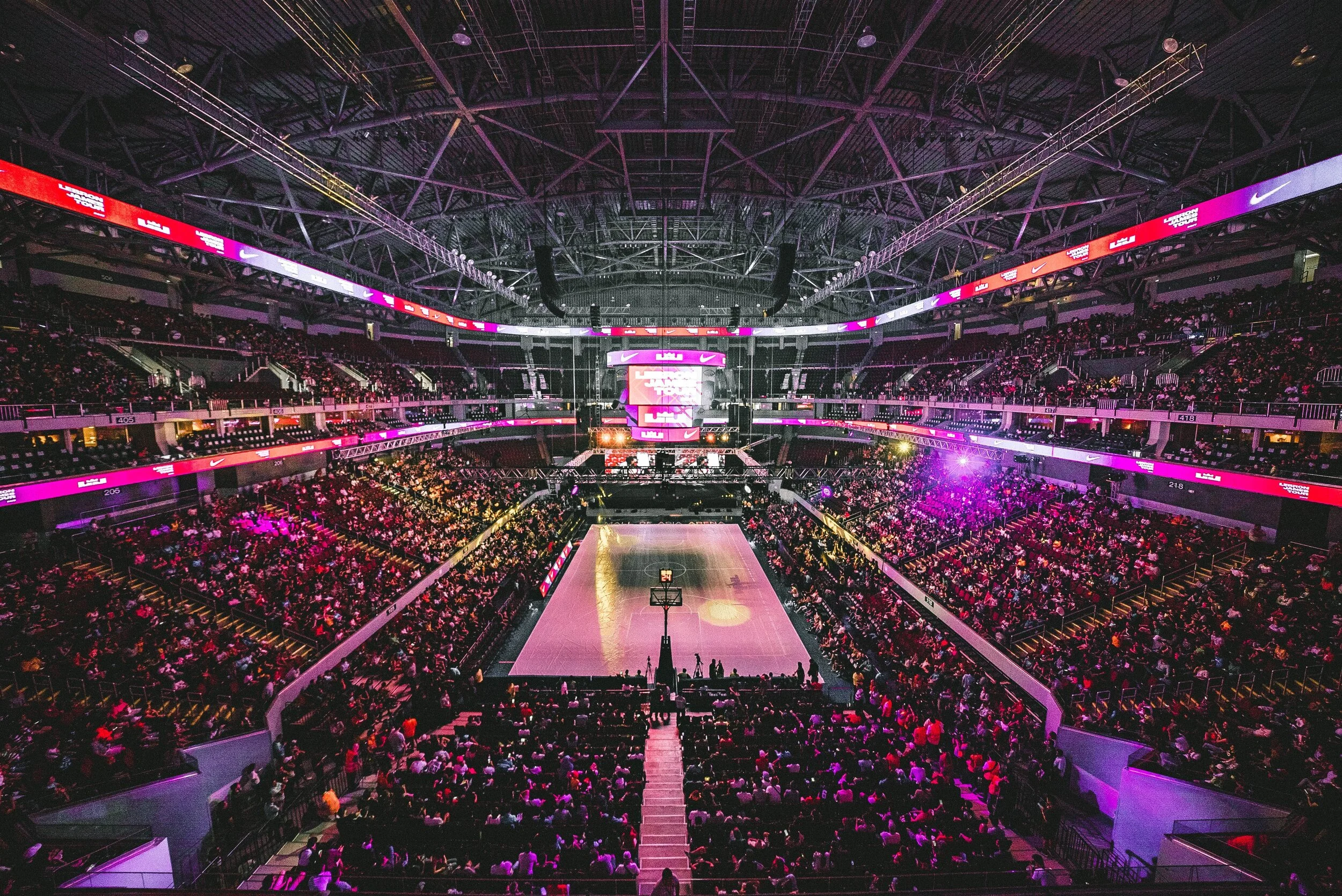Gamification and the Psychology of Random Rewards in Dating Apps
Photo by Alexander Swin, Unsplash
What do lotteries, dating, and casinos all have in common? There’s a quote by Dilbert cartoonist Scott Adams that sums it up beautifully:
“Nothing defines humans better than their willingness to do irrational things in the pursuit of phenomenally unlikely payoffs.”
Perhaps this explains our infatuation with dating apps. We’re so preoccupied looking for the “one” that we’ve applied the same minimum standards of greatness of finding a partner to shopping for an appliance. The only difference is that it’s way more fun looking for a partner online than browsing for a new refrigerator. But, why? Are we just more involved in finding a partner—someone we want to spend the rest of our lives with? Or is it more primal, and we just want sexual gratification at every turn?
Either way, our desire for perfection and technology’s ability to grant us whatever we want in the easiest way possible has resulted in dating apps, and boy, do we love ‘em! But there’s more to this than attraction. Let’s dive into the biology and psychology behind dating apps to figure out why we really love them, and how it plays out in consumer behavior.
The Biology Behind Why We Love Dating Apps: An Evolution or Revolution?
Let’s start with an evolutionary perspective, and look back to our hierarchy of needs: We’re biologically programmed to look for food and sex.
We don't make rational choices when it comes to these primal desires; we’re driven by something far more ancient—systems that we've been dependent on for millennia. If we didn't eat, we died. And if we didn't have sex? We wouldn’t be here. We're programmed to seek out both, so when you combine something as primal as seeking out sex with technological gamification... It's more potent than drugs. In fact, romantic love and cocaine trigger the same reward system in the brain. Anthropologist and human behavior researcher Helen Fisher goes as far as to say that “love addiction is just as real as any other addiction, in terms of its behavior patterns and brain mechanisms. Moreover, it’s often a positive addiction.”
Gamification—the application of game-design elements and principles in non-game situations—is everywhere nowadays. Our favorite apps, stores, and services test and use them to incentivize consumption. Whether it's getting a cup of coffee using Starbucks Rewards or comparing our week’s performance with our friends on the Nike+ Run Club app, the brands we love are using a variety of game mechanics to keep us engaged. The Starbucks Rewards program, for instance, means that whenever you top-up your card, you get twice the “stars'' that you do versus paying using a debit or credit card. What’s in it for Starbucks? An interest-free line of credit.
As of March 2020, Starbucks has over $1.4 billion in cash simply through prepaid balances, unused account balances through digital or physical gift cards. An article by Inc dubbed it as “a brilliant plan to borrow money from customers (without getting anybody angry”! Well-played Starbucks, well-played.
Now, back to science. Playing games on our phones is an endorphin-releasing activity. It's in companies’ best interests to keep us on for as long as possible, so promoting a physiological response is the perfect way of encouraging that behavior. But how do dating apps gamify our experience? The mechanics of swiping. By turning the decision-making process into a simple left/right decision, they've removed the previously mentally-taxing task of approaching people. This process is what initially made Tinder so popular. Only two years after it had launched, people were swiping one billion times per day. Now we sit in the comfort of our own homes swiping away.
By removing fear and promoting permission, we don't have to pluck up the courage to approach someone. As social animals, we crave safety and excitement from experiences. If we feel safe, we’re more likely to do them, and if they’re exciting, they keep us entertained for longer. When we meet people in person, for some people, it’s exciting. The feeling we get right before we meet is precisely what makes the whole experience worthwhile. If we can get that same feeling of excitement, without having to leave the comfort of our own home, there are little to no downsides as it’s all virtual.
However, this comes at a cost. By removing the physical element of meeting new people, users can forget that the pictures they swipe on are real people, with real feelings. One survey shows men spending 85 minutes, and women following closely behind at 79 minutes—over an hour a day getting sucked in to mindlessly swiping! But there's something more than biology and swiping mechanics at play here. Something rewarding...
How the Psychology of Random Rewards Play a Role on Dating Apps
If we ate ice cream every day for a month, we're going to start to hate ice cream after a while. Our brains don't enjoy constant rewards, but a random reward, or a variable reward schedule. This means we prefer rewards we don't know are coming. As we’ve learned from Fortnite and the Psychology of Surprise and Random Rewards, it’s why pulling the lever of a slot machine is so pleasurable and addictive—it doesn’t matter what you get, because the random and pleasant rewards keep you on anyway.
In the realm of dating apps, the rewards for all our hard (thumb)work are matches. You keep swiping and swiping until suddenly, a match! Whether you meet them in real life is another story, the thrill of matching alone is enough to keep you going. The physiological reaction behind this is that our brains get flooded with dopamine, and we learn to seek out whatever promoted that reaction. Because it never knows when the reward is coming, we spend more time doing whatever can promote that sweet, sweet release. But there's something even crazier at work. The human brain is adaptive, and eventually, it will learn to preemptively give dopamine hits, further reinforcing the dopamine loop caused by a random reward schedule. Once this happens, just the potential of a match on a dating app is enough to keep us swiping every day. But our behavior goes even deeper than this.
Lessons on Human Behavior from the Evolution of Dating Apps
The difference in usage patterns differs between genders. Men have been shown to adopt a “casual liking strategy”—liking most if not everyone that they come across. Women focus exclusively on those they find explicitly attractive (the intended function of Tinder). As a result, women get more matches on Tinder, and men get comparably few. This further stimulates the same behavior. Because we're getting lots of matches, it makes more sense to be as selective, or even more so, than you have been previously. On the other hand, if we're getting very few matches, maybe you should like more people because you’ll have more luck with a larger potential pool. This means that for women, there’s a positive reward in using the app, as they’re almost guaranteed to get matches, forming a dopamine loop. For men, the opposite is true. Their lack of matches and a random schedule means they’re compelled to spend more time liking everyone they can, trying to increase the likelihood that they’ll match with someone.
Over time, dating apps have evolved. From the early days of Match.com to Tinder’s re-invention of the wheel by gamifying the experience, dating apps have undergone a massive change. Now, we’re seeing a return to roots, where mindless doom-swiping and a disregard for non-aesthetic factors are shunned in favor of something more wholesome. We can see this play out with the rise of dating app Hinge, whose tagline is “the dating app designed to be deleted”. Their focus on detailed profiles (e.g. religion, education, lifestyle habits), personality (e.g. requirement to answer three prompts for their profile) and the complete removal of the swipe function is a movement away from the “autoplay'' culture we see around us. This is strikingly evident in its mission:
“In today’s digital world, singles are so busy matching that they’re not actually connecting, in person, where it counts. Hinge is on a mission to change that. So we built an app that’s designed to be deleted.”
Facebook’s Newsfeed and YouTube’s autoplay function promote doom-scrolling, much like Tinder’s swiping mechanic, but consumers are taking note and becoming savvier.
With the virus still ravaging the globe, online dating seems like the only possible avenue to “meet” new people. We love to do it, it’s fun (in small doses), and it definitely takes our mind off what’s going on in the world. Even if the payoffs are phenomenally unlikely (for now), perhaps this is one of those times where irrationality isn’t so bad.



What’s Next?
References
Big Think: The Mental Health Impact of Swipe Based Dating Apps, Jamiee Bell
Business of Apps: Tinder Revenue and Usage Statistics (2020), Mansoor Iqbal
Discover Magazine: In the Brain, Romantic Love Is Basically an Addiction, Helen Fisher
Hinge: Mission, https://hinge.co/mission
Inc: Starbucks Devised a Brilliant Plan to Borrow Money From Customers (Without Getting Anybody Angry), Justin Bariso
Tyson, G., Perta, V., Haddadi, H., & Seto, M. (2016, July 07). A first look at user activity on tinder. Retrieved February 23, 2021, from https://arxiv.org/abs/1607.01952































Dive into the fascinating intersection of psychology and marketing and how to use psychological biases in marketing strategy.